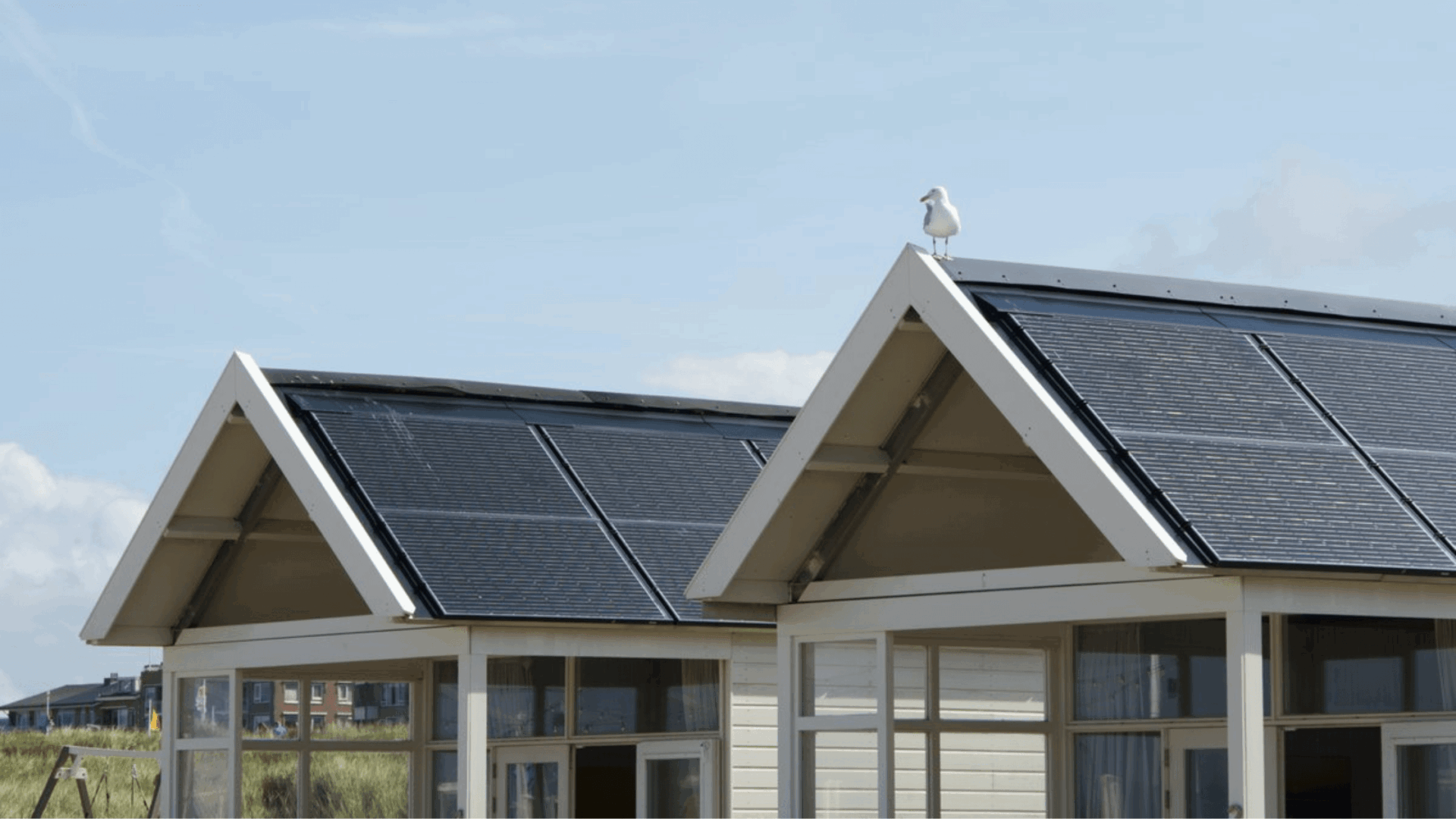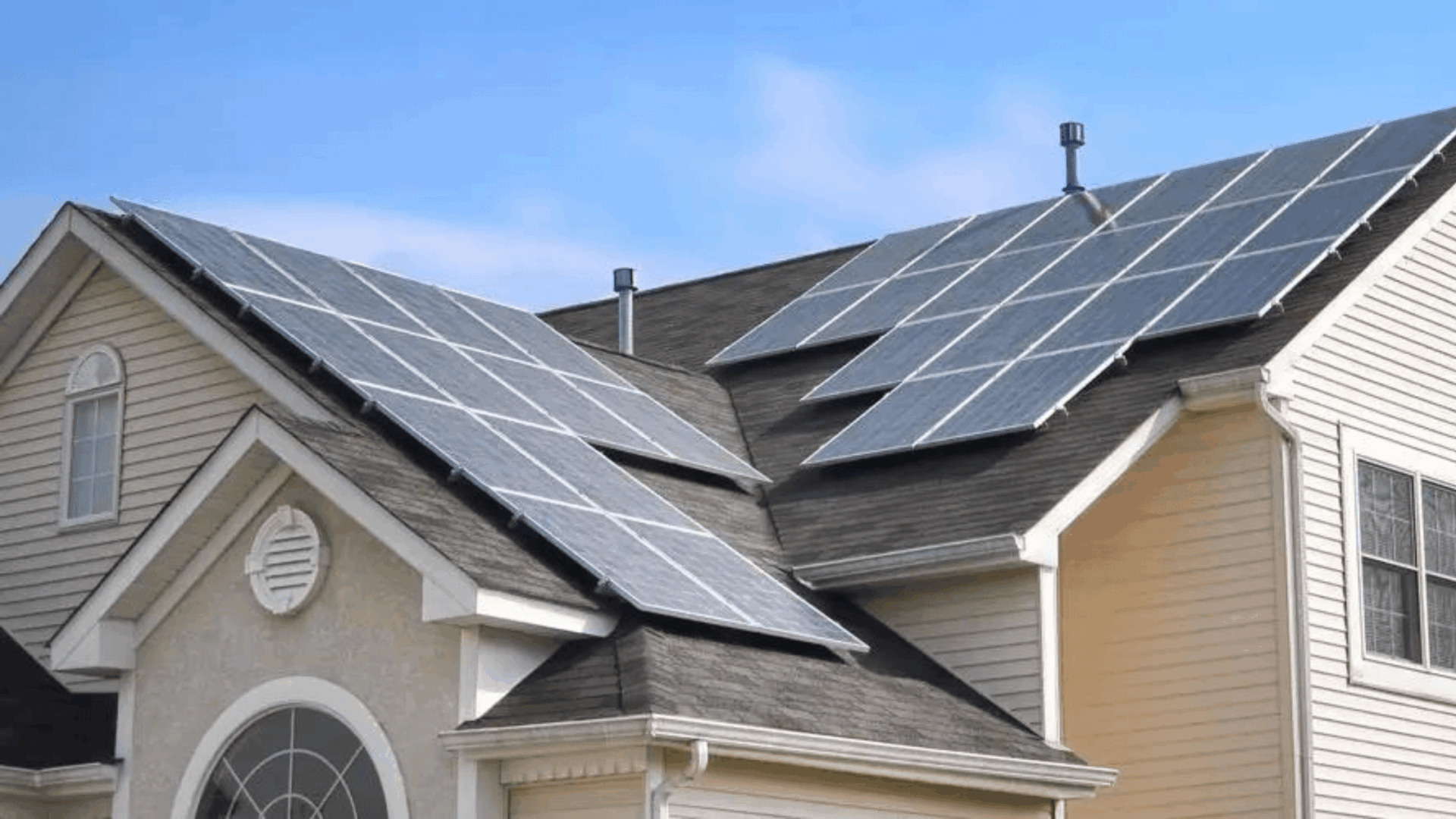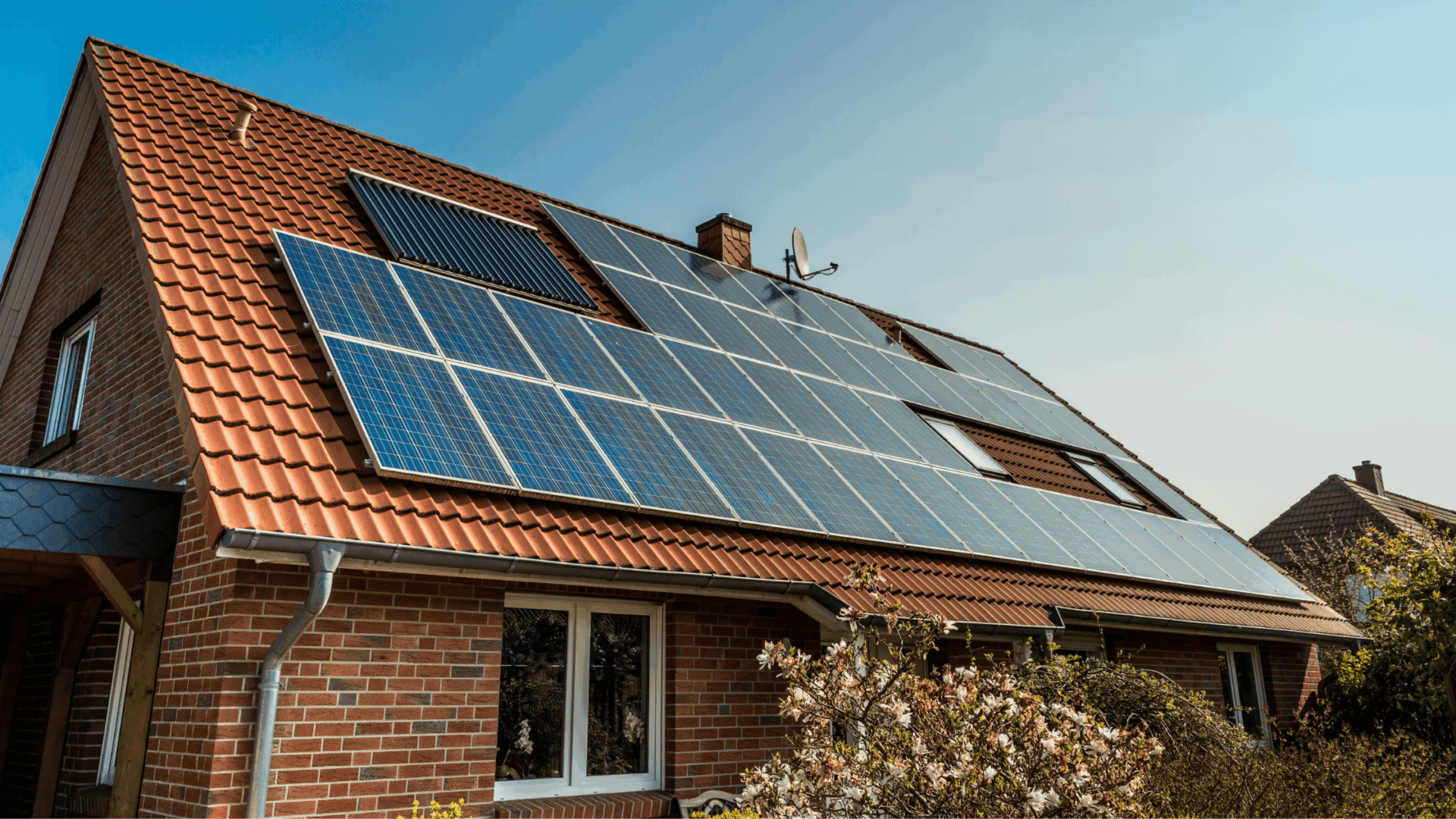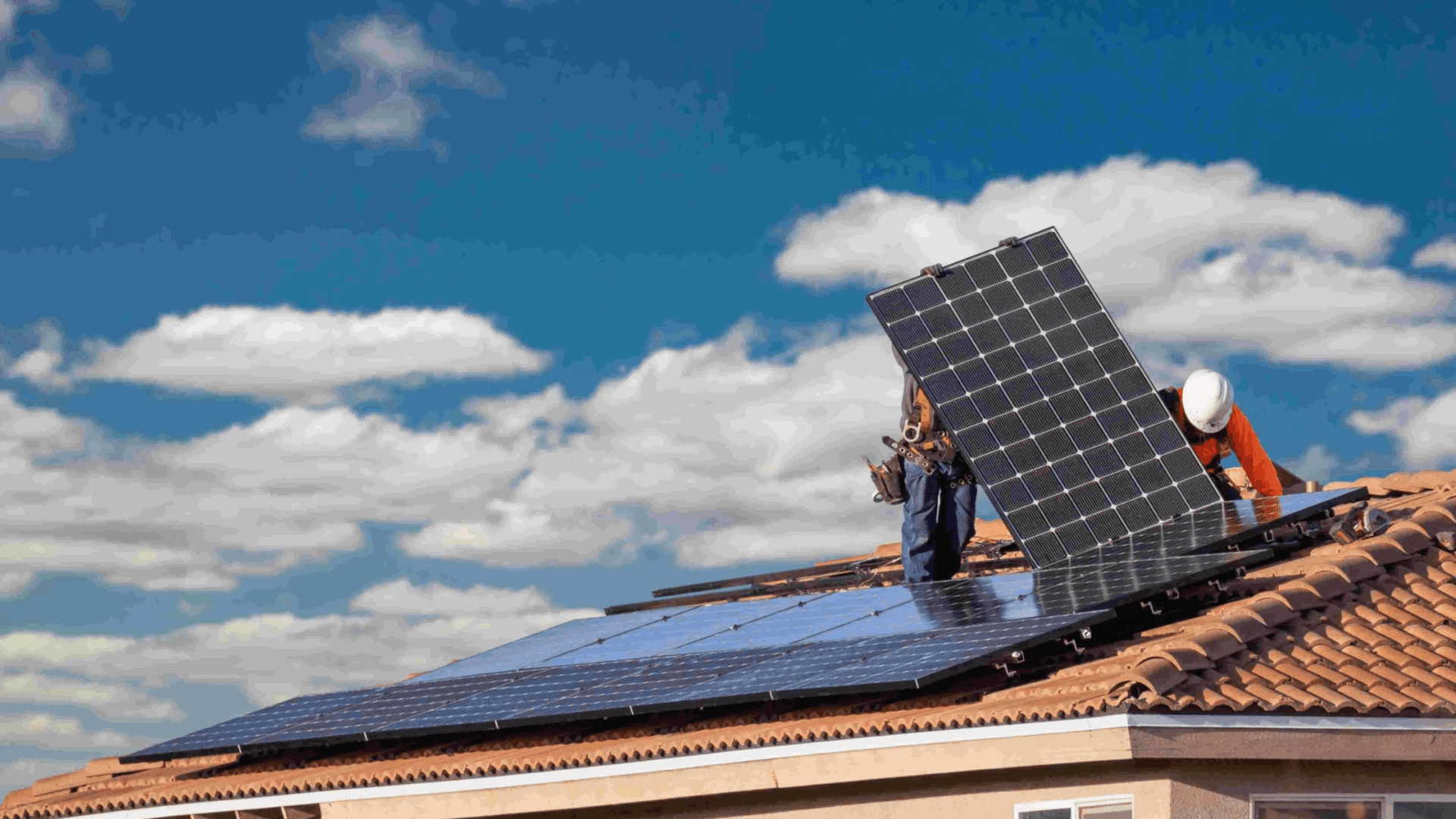Harnessing Solar Energy: A Bright Start
Introduction to Solar Systems for Homes
Let’s embark on our solar journey with an exploration of solar systems for your home. In this section, we’ll delve into the captivating world of harnessing solar energy, focusing on the remarkable technology behind it and the astounding environmental benefits.
The Marvel of Solar Panels
At the heart of a solar system for your house lies an extraordinary invention – solar panels. These ingenious devices, often called photovoltaic panels, have the unique ability to capture the sun’s radiant energy and convert it into electricity. This process is known as the photovoltaic effect, and it’s the key to unlocking the limitless potential of solar power.
Solar panels are constructed from photovoltaic cells, each with a specific role: capturing sunlight and transforming it into clean, renewable electricity. These cells are often made of silicon, a semiconducting material renowned for its efficiency in converting sunlight into electrical energy.
The Promise of Clean and Renewable Energy
Why is this photovoltaic technology so significant? It’s because the energy it generates is clean and entirely renewable. Unlike conventional energy sources, such as coal or natural gas, solar power doesn’t produce harmful emissions or deplete finite resources.
As a homeowner, this means you have the remarkable opportunity to power your household with energy that’s not only eco-friendly but also sustainable. Every sunbeam that graces your rooftop becomes a source of power, reducing your reliance on traditional grid electricity and contributing to a greener, more sustainable future.
In the next sections, we’ll explore the financial wisdom of investing in a solar system for your house, delve into the world of incentives and rebates that sweeten the deal, and evaluate whether your home is ready to embrace solar power. Get ready to uncover the sunshine bonus and navigate the exciting path to a brighter, more sustainable future for your home.
Financial Wisdom: The Sunshine Bonus
Exploring the Financial Advantages of Solar System Investments
In this section, we’ll unravel the financial side of adopting a solar system for your house. We’ll delve into the considerable advantages of this investment, crunch the numbers to understand the long-term savings and earnings, and emphasize the cost-effectiveness of solar panels. As you’ll discover, the initial costs may seem substantial, but the financial benefits that follow make it a brilliant choice for homeowners.
Crunching the Numbers: The ROI of Solar Panels
At the heart of the financial wisdom of solar panels lies a concept known as the “return on investment” (ROI). This metric is a key indicator of how long it takes for your initial investment to pay for itself in terms of energy savings and, in some cases, earnings.
Solar panels are designed to reduce your reliance on traditional grid power, and in many cases, they can generate excess energy that you can feed back into the grid. This excess energy not only powers your home but can also earn you credits or even money. The more energy your solar panels produce, the more significant your savings and earnings.
Investing for the Long Term
While the upfront costs may seem daunting, consider solar panels as a long-term investment. Over the years, they not only pay off your initial investment but continue to save you money. In fact, on average, homeowners can recoup their initial investment within 5 to 10 years.
This means that once your solar system is fully paid for, you’ll enjoy the benefits of virtually free electricity. The savings on your energy bills can be substantial, and the earnings from feeding excess energy into the grid add another layer of financial advantage.
In the subsequent sections, we’ll explore government incentives and rebates that further sweeten the deal, evaluate if your home is ready for solar, and provide insights into calculating your potential savings and earnings. It’s a journey that promises financial prudence while contributing to a greener and more sustainable future.
Incentives and Rebates: A Little Extra Sunshine
Government Incentives and Rebates to Make Solar Systems More Affordable
In this section, we’ll shed light on the role of government incentives and rebates in making solar systems for your house more affordable. We’ll explore specific programs available in Australia, including Small-scale Technology Certificates (STCs), and delve into how these incentives add to the financial benefits of going solar.
Government Support for Solar Investments
One of the driving forces behind the growth of solar energy in Australia is the robust support provided by federal and state governments. Their goal is to encourage homeowners to invest in solar systems, thereby reducing carbon emissions and promoting sustainability.
Small-scale Technology Certificates (STCs): A Valuable Asset
In your journey to adopt solar power, you’ll come across a term often abbreviated as STCs. These certificates are a type of government incentive designed to reduce the upfront cost of installing a solar system.
STCs are a form of tradable commodity, and as a homeowner, you can claim them when you install a solar system. The number of STCs you receive depends on factors like the system’s size, location, and the amount of renewable energy it’s expected to generate over its lifetime.
Monetary Savings and Solar Credits
The value of STCs fluctuates based on market conditions. However, one thing is certain – they translate into a tangible reduction in your initial investment. You can either claim them as a discount when purchasing your solar panels or sell them to others in the renewable energy market.
In addition to STCs, some states in Australia offer additional financial incentives. For instance, Victoria provides the Solar Homes Program, which offers subsidies for solar installations. These incentives further sweeten the deal, making solar energy an even more attractive proposition.
The availability and details of these incentives may vary from state to state, so it’s essential to research and take advantage of the programs specific to your region. In the upcoming sections, we’ll guide you through evaluating whether your home is ready for solar and provide insights into the solar system installation process. The goal is to maximize your savings while contributing to a cleaner, more sustainable future.
The Right Fit: Is Your Home Ready for Solar?
Evaluating the Suitability of Your Home for Solar Panels
Now that we’ve explored the financial aspects and government incentives, it’s time to assess whether your home is a suitable candidate for solar panels. In this section, we’ll discuss the factors you should consider, including the condition of your roof, potential shading issues, and your location.
The Roof Condition: A Solid Foundation
The roof of your home is the canvas for your solar masterpiece. Before investing in solar panels, it’s crucial to evaluate the condition of your roof. Solar panels have a long lifespan, typically around 25 years or more. Therefore, it’s essential that your roof can support them for that duration.
Inspect your roof for any signs of wear and tear, including damaged shingles, leaks, or structural issues. If your roof needs repairs or replacement, it’s best to address those concerns before installing solar panels. This ensures a solid foundation for your solar investment.
Shading: The Enemy of Solar Efficiency
Shading from nearby trees, buildings, or other obstructions can significantly impact the efficiency of your solar panels. It’s essential to assess your property for potential shading issues, especially during the peak sunlight hours.
While some shading can be mitigated through the strategic placement of panels or tree trimming, excessive shading may not be conducive to a successful solar installation. A solar professional can help you evaluate and determine the extent of shading issues and whether they can be addressed.
Solar Orientation and Location
The orientation of your home and its geographical location also play a vital role in the suitability of your property for solar panels. The ideal scenario is a north-facing roof with a clear path for sunlight throughout the day. However, east and west-facing roofs can also be suitable, with slightly reduced efficiency.
Your location within Australia is another factor to consider. Different regions receive varying levels of sunlight throughout the year, which can impact the potential energy production of your solar system.
In the following sections, we’ll provide insights into the evaluation process, including professional assessments, and guide you through the steps of transitioning to solar power, including the system design, installation, and grid connection. With the right knowledge and preparation, you can ensure your home is ready to embrace the benefits of solar energy.
Evaluating Your Solar Investment
Understanding the Return on Investment (ROI) for Solar Panels
Now that we’ve assessed your home’s readiness for solar panels, it’s time to dive into the financial side of things once again. In this section, we’ll explore the concept of the “return on investment” (ROI) for solar panels. Understanding the ROI is essential in gauging the financial benefits and timeline of your solar investment.
Calculating the Return on Investment (ROI)
ROI is a critical metric when considering any investment, and solar panels are no exception. It’s a way to determine how long it will take for your initial investment in solar panels to pay for itself through energy savings and potential earnings.
The ROI for solar panels is influenced by several factors, including the initial cost of the system, your location, the efficiency of your solar panels, and the amount of sunlight your region receives.
The Payback Period: A Key Indicator
A significant part of ROI is the payback period. This is the time it takes for your solar panels to generate enough energy savings and, potentially, earnings to offset the initial investment. The shorter the payback period, the quicker you’ll start reaping the financial benefits.
The average payback period for solar panels in Australia typically falls between 5 to 10 years, depending on the factors mentioned earlier. After this period, you can enjoy virtually free electricity and significant savings on your energy bills.
Online Tools for Estimation
To get a more precise estimate of your potential savings and payback period, various online tools and calculators are available. These tools take into account your location, system size, local electricity rates, and other factors. They provide a customized projection of your solar investment’s financial impact.
In the upcoming sections, we’ll guide you through the steps of the solar system transition, from assessment and consultation to system design, installation, and grid connection. Armed with a clear understanding of your solar investment’s potential returns, you can make informed decisions to enjoy the benefits of reduced energy bills and a reduced carbon footprint. Your solar journey is getting brighter by the section!
The Solar Transition Journey
From Consultation to Connection: A Step-by-Step Guide
In the final section of our solar power journey, we’ll walk you through the process of transitioning your home to solar energy. This comprehensive guide covers every step, from the initial consultation to the moment your solar panels start generating clean, renewable electricity.
Consultation: Planning for Success
The journey to solar power begins with a consultation. During this phase, you’ll work closely with a solar professional who will assess your home’s suitability, discuss your energy needs, and help you design a solar system that’s perfectly tailored to your requirements. This is the stage where you can ask questions, receive personalized advice, and clarify any doubts.
System Design: Customization for Efficiency
Once you’ve had a productive consultation, the next step is system design. Your solar professional will create a customized system layout that optimizes the placement of solar panels, taking into account your roof’s orientation, shading, and available space. The goal is to maximize energy production and efficiency.
Installation: Bringing Solar to Life
With the design in place, it’s time for the installation phase. Experienced technicians will carefully install the solar panels, ensuring they’re securely fixed to your roof and properly connected to your electrical system. Safety, quality, and adherence to industry standards are top priorities during this process.
Grid Connection: Energizing Your Home
Once the solar panels are in place and operating correctly, the final step is connecting your system to the grid. This process enables you to feed any excess energy generated by your solar panels back into the grid, potentially earning credits or revenue. It’s a crucial step in making your home a true solar powerhouse.
Regular Maintenance: Long-term Success
After your solar system is up and running, it’s essential to perform regular maintenance to ensure it continues to function efficiently. Cleaning panels, checking for any issues, and keeping an eye on system performance are all part of responsible solar ownership.
In this section, we’ve provided a comprehensive overview of the steps involved in transitioning your home to solar power. Each phase is critical to the success of your solar investment, and a qualified solar professional will guide you through every step. Embracing solar power is not just about cleaner, more sustainable energy; it’s also a smart financial decision that can benefit you for years to come. Your journey to a brighter, more sustainable future is almost complete.









